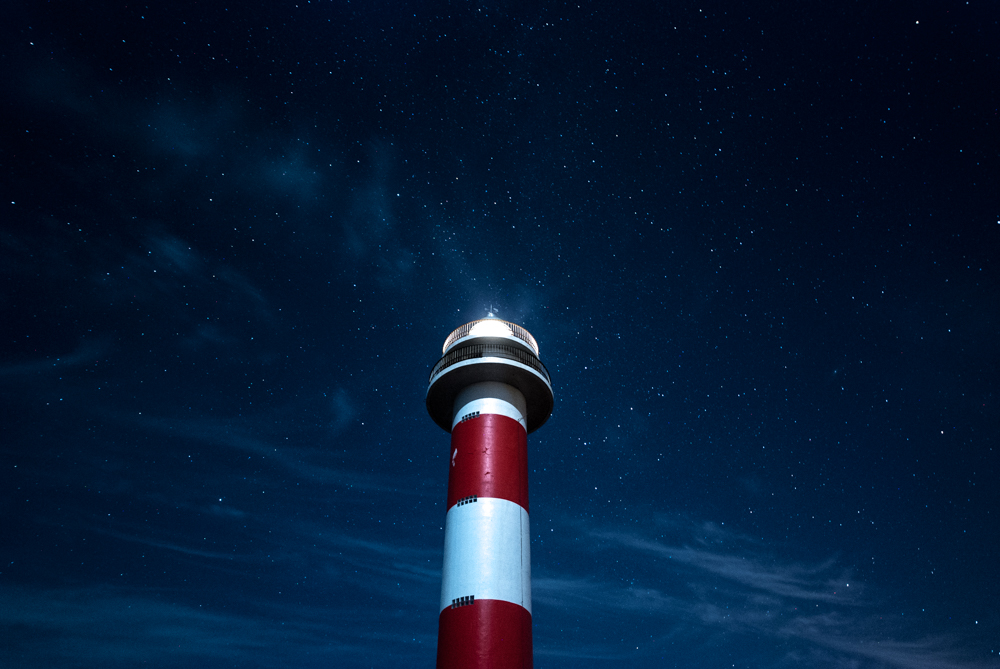....The New Year starts with the Full Moon, a wonderful opportunity to enjoy a night walk along the beach during the Christmas holidays. However, in order to enjoy the Winter sky in all its beauty, we have to wait a few days more, when the most typical constellations of the epoch will acquire all their protagonism.
The mythical hunter Orion, with his fantastic star nursery M42, is no doubt the most popular and easy-to-recognize, but we should not forget to admire the 2 animals accompanying him: the Great Dog and his very brilliant star Sirius, and the Small Dog with his aster Procyon.
In the Eastern Zodiacal zone, it's easy to locate the big triangle of Taurus, high in the night sky, with its yellowish star Aldebaran marking the eye of the bull, as well as Gemini with their twin stars Castor and Pollux, reminding us of the adventures of these mythical twins. Not far from there, we can find the interesting constellation of Auriga, crossed by the Milky Way and rich in wonderful open clusters, among the most fantastic of the season.
Clear skies and .. Happy New Year to everybody! ..
Este año 2018 empieza con la Luna llena, una magnifica ocasión para disfrutar de un paseo nocturno por la playa en estos días navideños. Pero, para apreciar al cielo invernal en todo su esplendor, habrá que esperar unos días, cuando las constelaciones más típicas de la temporada adquieran el protagonismo.
El mítico cazador Orión, con su fantástico criadero de estrellas M42, es sin duda la más llamativa y popular, pero no olvidemos de admirar a los perros que le acompañan: el Can Mayor y su brillantísima estrella Sirio, y el Can Menor con su astro Proción.
En la zona zodiacal del Este, destaca el gran triángulo de Tauro, ya bien alto en el cielo nocturno, con la amarillenta Aldebarán marcando el ojo del toro, así como Gémini con sus brillantes astros 'gemelos' Castor y Pólux, que nos recuerdan las hazañas de estos mitológicos mellizos. No muy lejos está el llamativo pentágono de constelación de Auriga, atravesado por la Vía Láctea y rico en cúmulos abiertos de gran belleza, entre los más bonitos de esta época.
¡Cielos despejados y .. Próspero Año Nuevo para todos! ....




